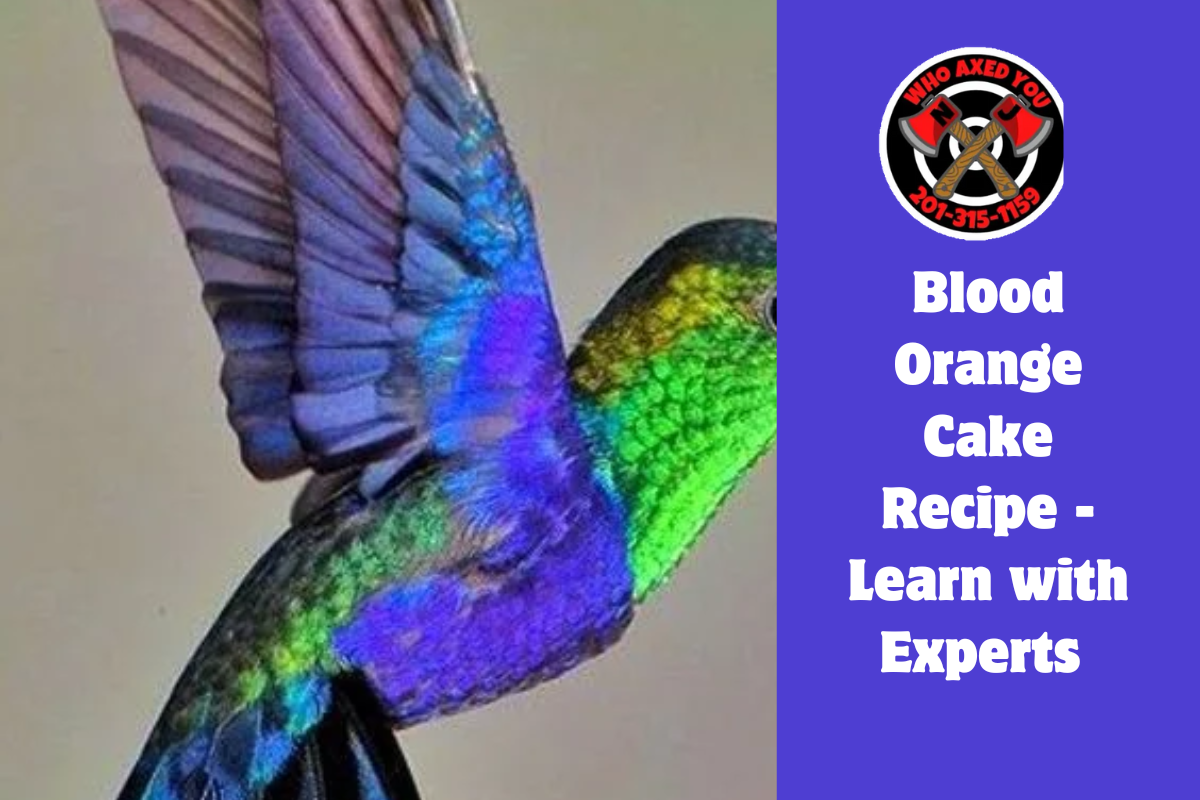How to Create an Ideal Hummingbird Habitat :- An project that may be both rewarding and pleasurable is the creation of a perfect habitat for hummingbirds. This endeavor allows you to provide these interesting creatures with a caring atmosphere while also beautifying your own individual landscape. In around 800 words, the following is a guide to the process of establishing a habitat for hummingbirds.
How to Create an Ideal Hummingbird Habitat
The building of an ideal habitat for hummingbirds is a project that has the potential to be both rewarding and joyful during its completion. By engaging in this venture, you will be able to offer these fascinating creatures with a nurturing environment while simultaneously enhancing the beauty of your own personal landscape. For the purpose of providing a guide to the process of constructing a habitat for hummingbirds, the following is approximately 800 words:
1. Location and Layout
You should select a spot in your garden that provides a mix of sunlight and shade during the course of the day. For the purpose of perching and resting in between feedings, hummingbirds like to be in regions that have some shelter around, such as where there are trees or shrubs. Check to see that there are no deep drafts or that there is frequent exposure to high winds.
ALSO SEE : Easy Chef John’s Gazpacho Recipe – Step By Step Guide
2. Plant Selection
Favorite tubular flowers include trumpet vine, cardinal flower, and coral honeysuckle. Other popular tubular flowers are those that are red and orange in color. Bee balm, salvia, and lupine are examples of flowers that fall under the category of flat or clustered blossoms. Shrubs and Trees: Include shrubs like flowering quince, red buckeye, and elderberry, as well as trees like red maple and blooming crabapple, in your landscape design.
3. Feeder Placement and Maintenance
Feeders for hummingbirds can serve as a complement to natural supplies of nectar, particularly during times of the year when flowers are in short supply. To avoid nectar from going bad owing to exposure to direct sunlight, position feeders in areas that are visible but have a modest amount of shade. Without adding any food coloring, make sure that they are kept clean and filled with new sugar water that has been cooked and cooled to a ratio of four parts water to one part sugar.
4. Water Features
It is also important for hummingbirds to have access to shallow water sources for drinking and bathing. You might want to think about putting in a small birdbath that has a little border or a misting feature. In order to prevent the breeding of mosquitoes, make sure the water is clean and change it on a regular basis.
5. Shelter and Nesting Sites
By planting dense bushes and trees, you can provide a source of shelter as well as opportunities for nesting. Spider silk and other materials are utilized by hummingbirds in the construction of their minuscule nests. Hummingbirds typically favor secluded locations that are shielded from intense sunlight and potential threats.
6. Avoid Pesticides and Herbicides
In your garden, you should try to reduce or completely do away with the usage of pesticides and herbicides. Indirectly or directly, these chemicals can cause harm to hummingbirds by lowering the number of insects that they consume as food or by polluting the nectar that they consume.
7. Maintenance and Observation
Maintaining your hummingbird habitat on a regular basis involves activities such as pruning plants, cleaning feeders and water supplies, and monitoring the behavior of birds. After some time has passed, you will become aware of the plants that are most popular with hummingbirds, and you will be able to adapt your garden accordingly.
8. Enjoying and Observing
In the process of establishing a habitat for hummingbirds, it is not enough to simply attract birds; one must also take pleasure in their presence and observe how they behave. You should think about keeping a notebook in which you can record sightings, behaviors related to nesting, and the kinds of plants that they frequent.
